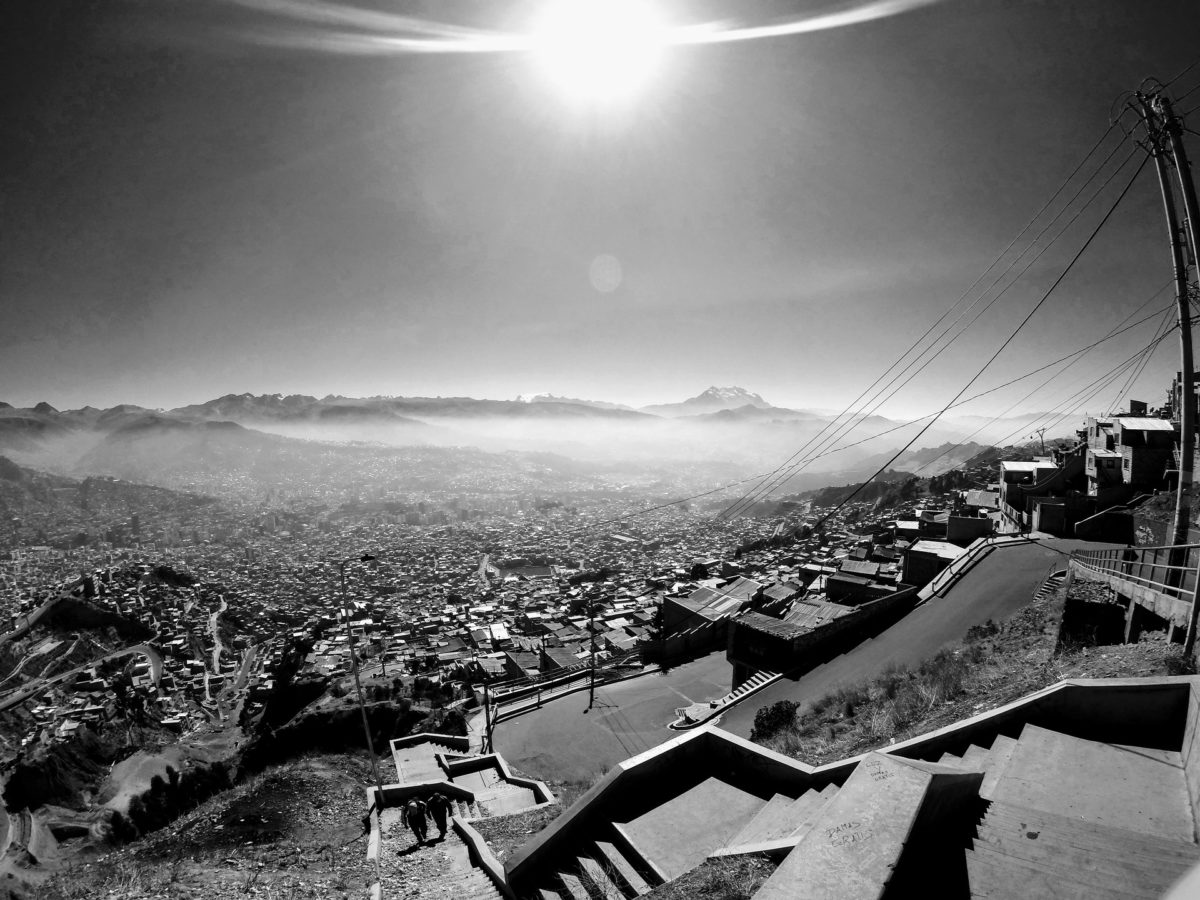From pv magazine Latam
The Bolivian government has introduced, through Supreme Decree 4477, a net metering scheme for distributed-generation renewable energy power generators.
The new provisions came into force on March 24 and allow the owners of small-sized solar and other renewable energy systems to sell excess power to the grid.
The Ministry of Hydrocarbons and Energies presented the regulations, stating that Bolivians will now begin to be active players in the generation of electricity with environmentally-friendly sources. All installation of distributed generation must be carried out by specialized installation companies which are duly registered and authorized.
“What we hope to achieve in the first year of application of this measure is the economic reactivation of 400 small and medium-sized companies dedicated to the installation of photovoltaic systems,” said minister Franklin Molina. “It is expected to generate around 1,300 direct and indirect jobs during the first year, and to reach more than 3,000.”
Three project categories will be entitled to operate under the net metering regime: distributed micro-generation, not exceeding 10 kW in size; mini-generation systems, with power ranging from 10 kW to 50 kW; and commercial systems with a capacity between 50 kW and 350 kW.
Net metering tariffs will have to be set by the country's energy regulator, the Autoridad de Electricidad, Tecnología Nuclear. “The regulator will apply a minimum cost, that must be equivalent to the current minimum cost of the energy produced in the National Interconnected System, and a maximum equivalent to the final distribution cost, which will be applied based on the balance between consumption and hourly energy injected into the distribution network,” Molina explained.
According to the International Renewable Energy Agency, Bolivia had an installed solar power capacity of 120 MW at the end of 2019. Most of this capacity comes from large scale solar plants like the Oruro Photovoltaic Solar Plant, located in central Bolivia.
Bolivia has a renewable energy target for 2025 of just 183 MW, according to the International Renewable Energy Agency. Currently, its energy demand is covered by 2 GW of installed power generation capacity, which is represented 60% by thermoelectric energy, and 40% by hydropower.
This content is protected by copyright and may not be reused. If you want to cooperate with us and would like to reuse some of our content, please contact: editors@pv-magazine.com.



By submitting this form you agree to pv magazine using your data for the purposes of publishing your comment.
Your personal data will only be disclosed or otherwise transmitted to third parties for the purposes of spam filtering or if this is necessary for technical maintenance of the website. Any other transfer to third parties will not take place unless this is justified on the basis of applicable data protection regulations or if pv magazine is legally obliged to do so.
You may revoke this consent at any time with effect for the future, in which case your personal data will be deleted immediately. Otherwise, your data will be deleted if pv magazine has processed your request or the purpose of data storage is fulfilled.
Further information on data privacy can be found in our Data Protection Policy.